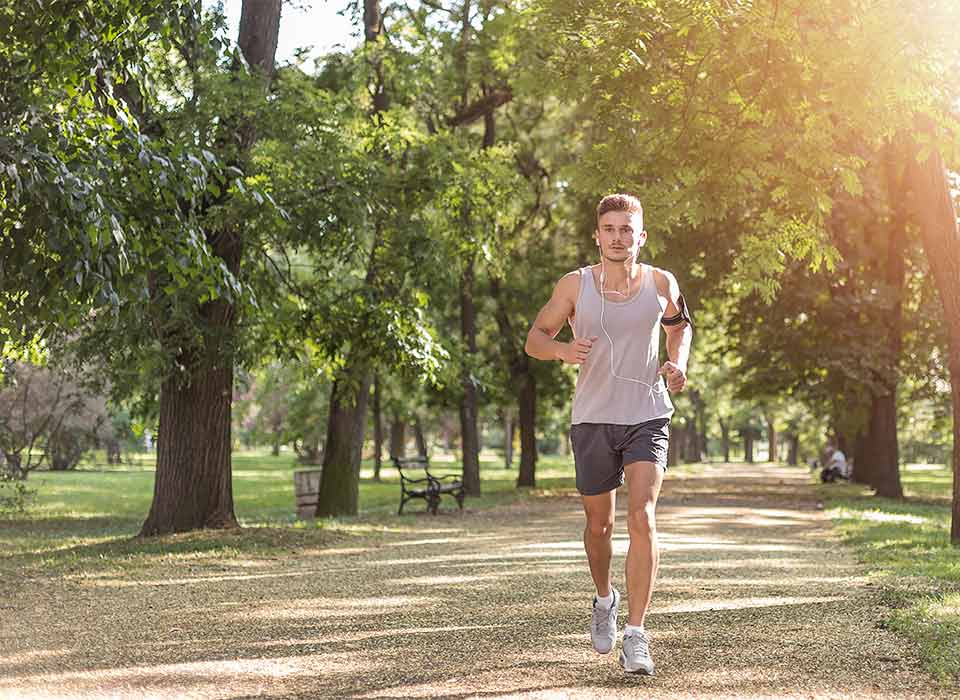It’s easy to tell summer is right around the corner.
Wildlife is returning.
Daylight lasts longer.
Oh, and it’s hot.
Step outside your front door, and you’ll be instantaneously hit by the heat wave. While the rising temperatures do attract many of us to spend more time in the sun, going on your routine out-door jog can become more challenging.
How can we still get our weekly miles in and also avoid heat-related illnesses such as heat cramps, heat exhaustion, and heat stroke? Some adjustments have to be made.
Wear less
When it comes to running attire on hot days, less is best. Wear as little as possible, and avoid dark colors such as black and navy. Make sure the fabrics you’re wearing are lightweight and feature vents or mesh. Sports brands offer great apparel designed specifically for keeping you cool while running.
Since you’re wearing less fabric, more of your skin is exposed. Always lather up on SPF 30 or higher sunscreen before heading out on your jog.
Hydrate all day
This tip is for everyone but especially for those who run in high temperatures. As soon as you wake up, you should start drinking water. Regular, routine intakes of small cups of water throughout the day is more effective than larger “chugs” of water consumed every now and then.
Proper hydration before your run will ensure that cramps won’t cut your workout short. However, don’t drink a large amount of water in the minutes leading up to the start of your jog. Your body won’t have enough time to process that volume of water, and you’ll feel the sensation of the liquid sloshing around in your stomach during your run, often nicknamed “water belly.”
You will also want to invest in a portable water bottle. There are many different styles on the market from handheld bottles that you can hold while running to lightweight belts and back-packs. Whatever form you choose, take small sips of water as you progress through your run.
Pace yourself
It takes time for your body to adjust to the new levels of heat. Be patient.
For every increase of 5 degrees Fahrenheit above 60 degrees, your pace can slow 20-30 seconds per mile. Give yourself two weeks to get acclimated, and embrace a slightly slower pace at first until you feel ready to ramp it up.
Check the clock
On a hot day, temperatures are steadily rising until they peak usually around 3 p.m. If you can, try to schedule your run for the early morning or the evening when temperatures are much cooler.
Change the path
Concrete and asphalt exposed to the sun are excellent at absorbing and retaining heat. Running on these surfaces will only make the heat feel more intense. When planning your route, seek out areas of grass and shade. For example, try running in your local park.
If you feel like the day is just too hot for outdoor exercise, switch up your workout routine! There are plenty of ways to get your heart rate up from the comfort of your air-conditioned home such as bodyweight workouts.
If you have access to a pool, use it! Yes, a splash in the pool can be refreshing, but exercising in the water is also great cardio and is easier on your body’s joints due to lesser amounts of impact.

